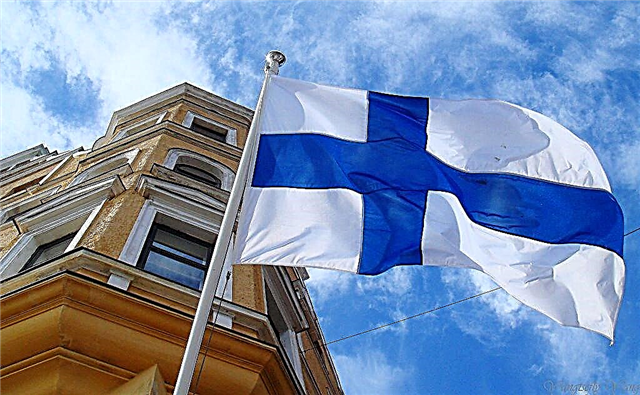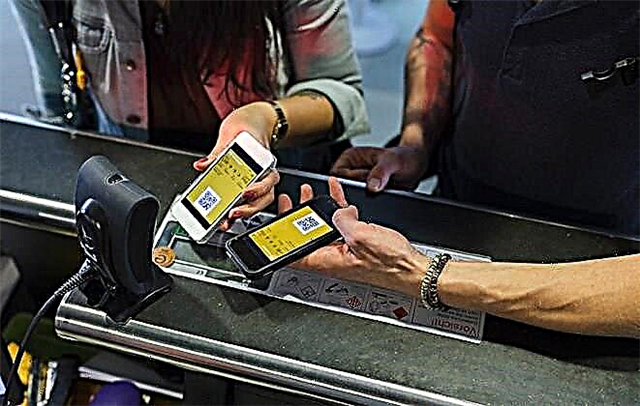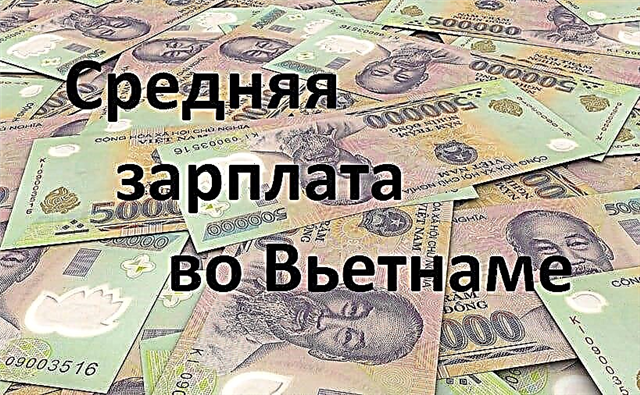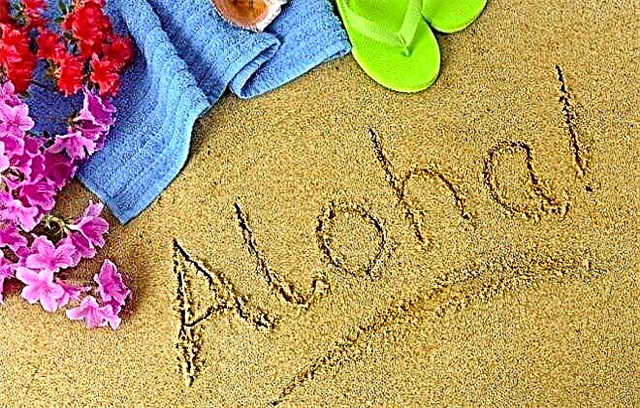When we talk about tropical islands, the first thing we remember is Hawaii. Bright and colorful Hawaiian shirts, Hawaiian guitars and ukuleles, fiery hula dance, fashionable hairstyles in the form of dreadlocks have long become a part of not only Polynesian, but also world culture. Another famous attraction of the islands is the unusually beautiful and melodic Hawaiian language.

The oldest language in the world
The Hawaiian language (ʻŌlelo Hawaiʻi) is considered one of the oldest in the world. Until 1778, when the first Europeans appeared on the islands, it was spoken by more than 500,000 inhabitants of the archipelago, but it did not have its own written language.
- Missionaries from New England in 1822 created a Latin alphabet for the locals.
- The first Hawaiian Constitution was issued in 1839-1840 under King Kamehameha III.
- In 1898, after the fall of the monarchy and the annexation of the archipelago to the United States as the 50th state, the official use of the local language was banned. Hawaiian continued to be used only as a colloquial language and was actively supplanted by English.
- As a result of the ban, the number of native speakers who considered it their native language decreased to 1% of the population, and it remained the second language for 8% of the inhabitants of the islands.
- But in 1978, Hawaiian was recognized as the official language of the state of Hawaii, along with English, and its restoration began in 1989.
Currently, newspapers and books are published in the Hawaiian language, worship is held, it is taught in schools and colleges, and studied in universities. In 2005, about 96,000 people spoke it.
Features of the alphabet and phonetics
The Hawaiian language belongs to the Austronesian language family and belongs to the group of Polynesian dialects. Related to it are Maori, Tahitian, Marquis, as well as Rapa Nui (the language of the inhabitants of Easter Island). It is less closely associated with the dialects of the islands of Samoa and Tonga.
Hawaiian is an analytical language. He has no declensions and uses direct word order when constructing a sentence.
The alphabet is based on the Latin alphabet and includes 13 letters: 5 vowels, 7 consonants, and the ocina sign ('), which denotes a pause in pronunciation. Although this mark is not strictly a letter, it is considered a letter because it plays an important role in the spelling of words. The absence of an okina can completely change the meaning of a word.
 In addition, a sign called "kahako" is used in writing. It has the form of a hyphen, which is placed above the vowel and means its doubling. The vowel sound in this case is pronounced as a long one.
In addition, a sign called "kahako" is used in writing. It has the form of a hyphen, which is placed above the vowel and means its doubling. The vowel sound in this case is pronounced as a long one.
The Hawaiian alphabet includes the following letters: A, E, I, O, U, H, K, L, M, N, P, W, ’. The vowels in it are pronounced in the same way as in Russian phonetics.
In the Hawaiian language, there are rules according to which two consonants cannot be next to each other in a word: each consonant is necessarily followed by one or more vowels. In addition, every syllable and every word also ends with a vowel. These features give Hawaiians a melodic and melodious speech.
Hawaiian writing is very simple, it follows the principle of "how it is written, so it is pronounced." But due to the abundance of vowels, it is not always easy for foreigners to distinguish by ear words with a similar sound, especially when speech sounds fast; moreover, many words have several different meanings.
In addition, pronouncing double vowels is unusual for native speakers of European languages. Therefore, while tourists usually quickly master the most common household terms, deeper language acquisition may not always be easy.
An extensive poetry has been written in the Hawaiian language, which includes legends of gods and heroes, poems about the good and evil spirits of nature. The poetics of the archipelago's indigenous peoples are rich in imagery, complex symbolism and sophisticated wordplay that is difficult to translate accurately.
Hawaii dialects
There are several dialects in the Hawaiian language, but few have been studied to date. Currently, linguists distinguish three main adverbs:
- Traditional Hawaiian, which is common on the islands of Hawaii, Oahu, Maui and others.
- Dialect of Niihau Island, which is characterized by a fast speech rate, the transmission of some sounds and whole syllables. On Nihau, the local language is considered the main language, and English is perceived as a foreign language.
- Pidgin (Pidgin English) is a special Creole language that includes Hawaiian, English, Portuguese and even Japanese words. It developed as a means of communication between planters from around the world who came to Hawaii in the 19th century. Pidgin has its own grammar and vocabulary, and even has a version of the local Bible written in it.
Phrasebook for tourists
 The most popular word in Hawaii is aloha. It has many meanings, which include not only the Hawaiian greeting, but also a whole philosophy based on a positive attitude towards life, benevolence and mutual assistance.
The most popular word in Hawaii is aloha. It has many meanings, which include not only the Hawaiian greeting, but also a whole philosophy based on a positive attitude towards life, benevolence and mutual assistance.
Here are some common words and phrases that come in handy for tourists traveling to the islands:
Aloha - Hello.
Aloha kakahiaka - Good morning.
Aloha ʻauinalā - Good afternoon.
Aloha ahiahi - Good evening.
Aloha po - Good night.
Aloha, Aloha 'oe - Bye (goodbye).
A hui hou - Goodbye.
Ae - Yes.
Aʻole - No.
E ia nei - Sorry (pay attention).
Noi kou kala - Sorry (to apologize).
Oluʻolu - Please (request).
Mahalo - Thank you
He me iki ia, Me pu oe - Please (response to gratitude).
Aʻole maopopo ia`u - I don't understand.
ʻAuhea kahi halepaku - Where is the toilet?
Kōkua pono au - I need help.
Kauka pono au - I need a doctor.
Mākaʻi! - Police!
What languages can you use to explain yourself in Hawaii
 The population of the 50th US state is multicultural, and tourists who want to go there are often interested in what language is the most spoken in Hawaii.
The population of the 50th US state is multicultural, and tourists who want to go there are often interested in what language is the most spoken in Hawaii.
- Almost all residents of the archipelago speak English.
- Hawaiian is spoken primarily by ethnic Hawaiians and mestizos.
- In many tourist areas, Japanese is used along with English, and there you can see inscriptions in English, which are duplicated with hieroglyphs.
There are also many people from Japan, the Philippines and China who speak their ethnic languages on the island. There are a small number (about 8%) of Puerto Ricans and Mexicans who use Spanish in their everyday life.
Finally
A trip to Hawaii is an opportunity to plunge into the exotic world of Polynesian culture, which is based on unity with nature and enjoying life. And learning the most common expressions in Hawaiian will help you win over the locals and gain a deeper understanding of this beautiful and unusual country.











